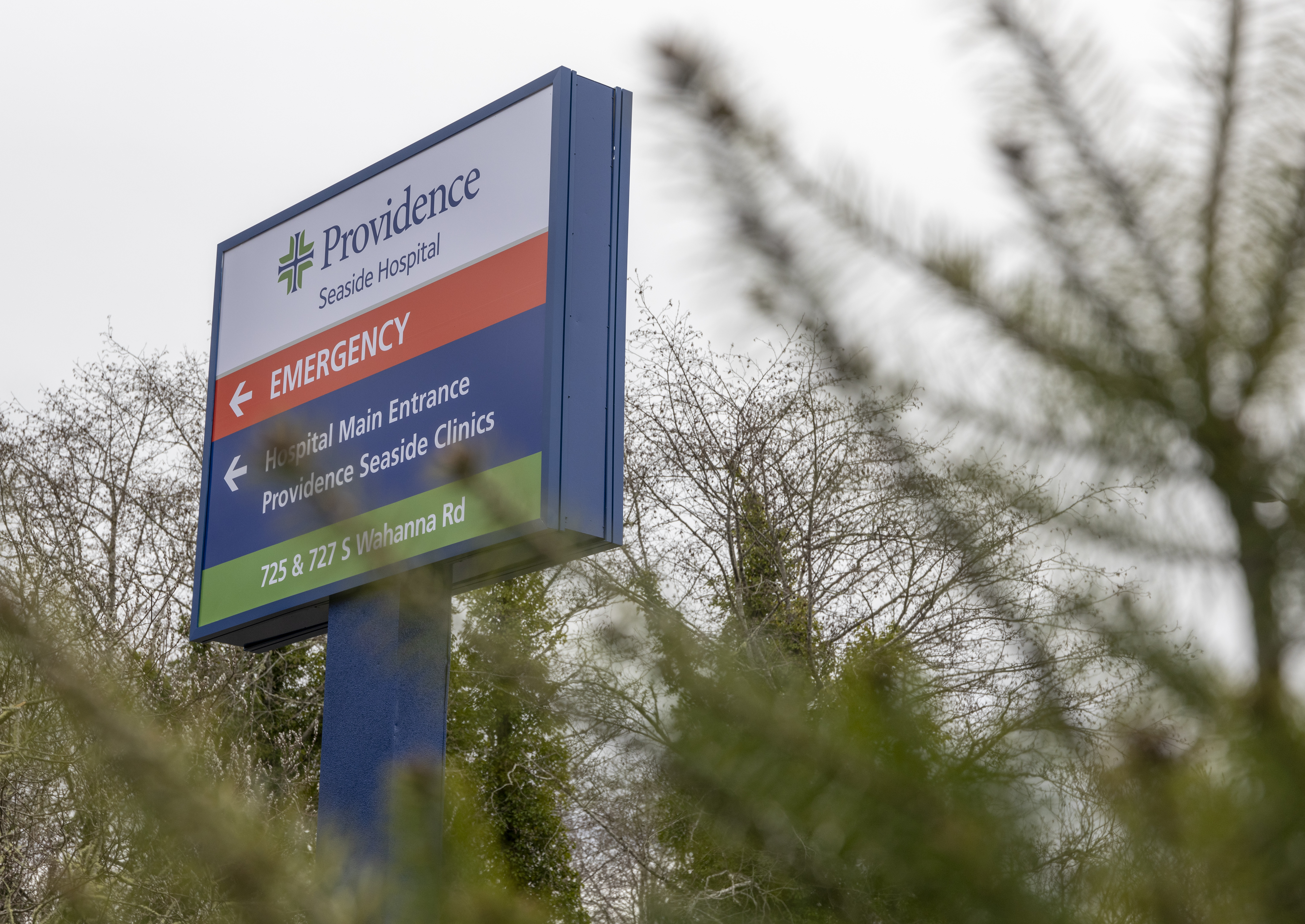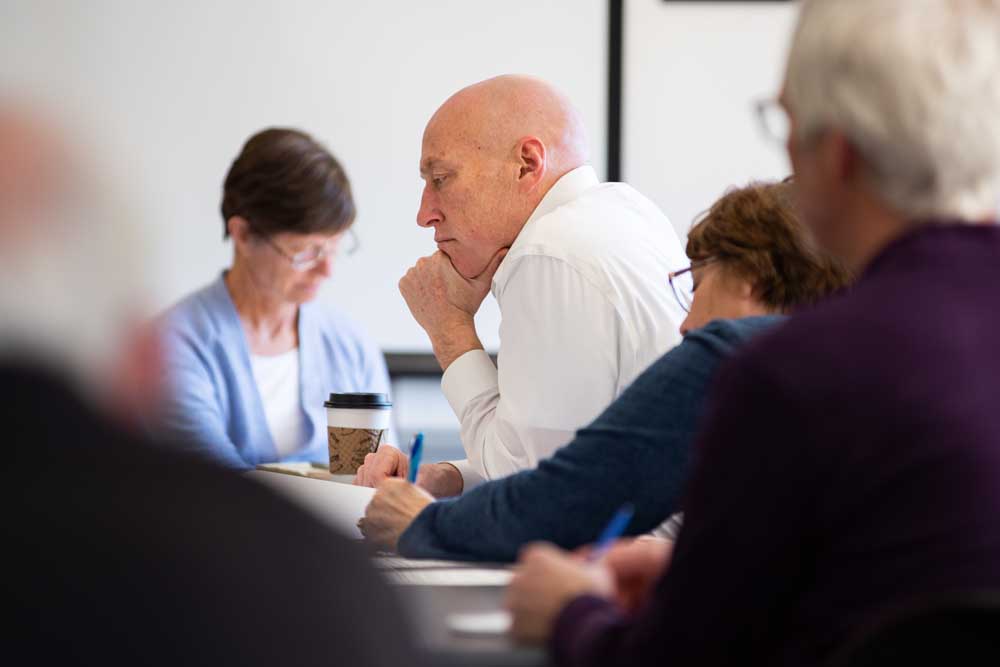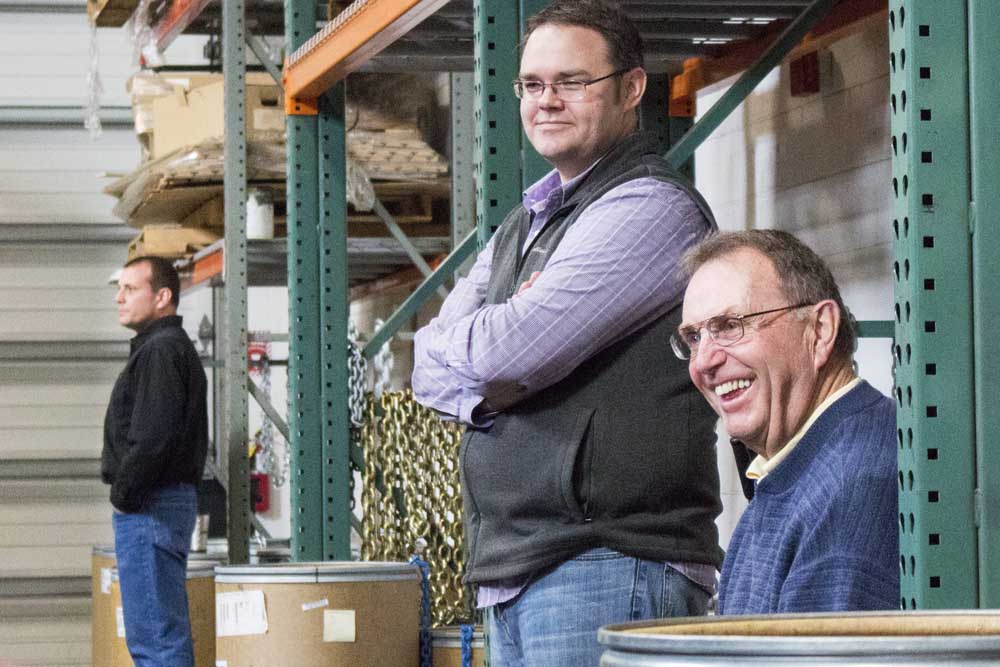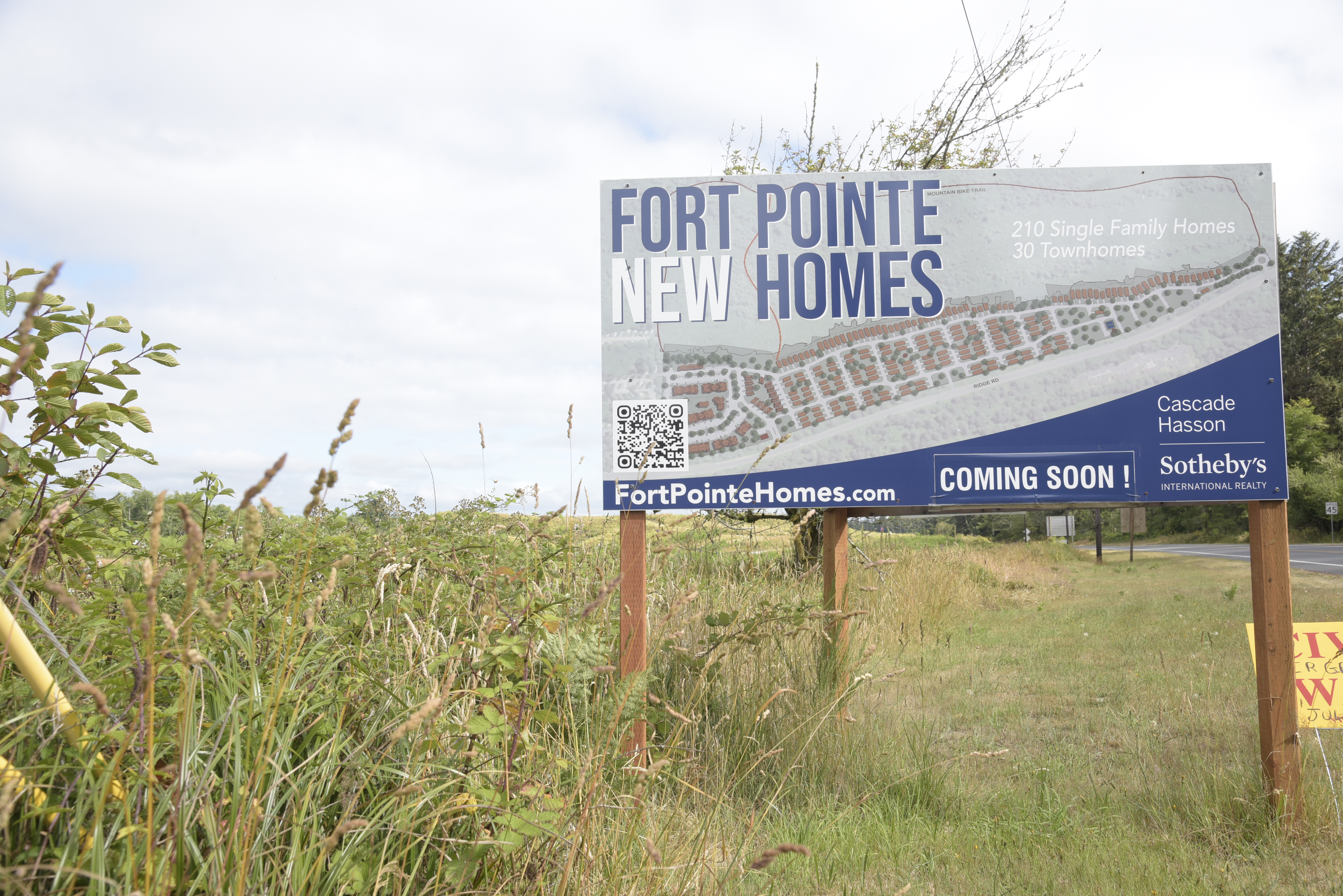Local efforts prolong life cycle of trash
Published 6:42 am Tuesday, February 16, 2016

- Different types of gravel are shown on display at Trails End Recovery.
On Friday, The Daily Astorian traced the journey of Clatsop County’s curbside trash and recycling.
Trending
The fate of the trash is pretty straightforward — a one-way trip via Recology Western Oregon from the curb, to the Astoria Transfer Station, to the Riverbend Landfill in McMinnville. This journey forms the path of least resistance for the county’s discarded materials, unless individual and business intervene to keep the reusable materials out of the “waste stream.”
The county’s recycling, on the other hand, follows a course that branches out into the stateside and worldwide commodities markets. Though it briefly shares space with the county’s trash at the transfer station, the materials soon part company.
Instead of heading to the landfill, recyclables head to regional recyclers and material-recovery facilities, and, from there, to mills and plants that take the county’s output and use it as raw material — turning spent cardboard into usable cardboard, used paper into fresh paper products, shattered glass into bottles and old plastic into new plastic.
Trending
Finally, consumers purchase the products made from recycled materials, recycle them again, and thereby keep the materials’ life cycle spinning.
But, outside the Recology collection services, people find ways to reuse and recycle materials otherwise destined for a landfill.
Custom Excavating and Trails End Recovery — two businesses housed under the same Warrenton operation owned by Dean and Evie Larson — are major players in the local recovery game, taking existing material and sending much of it back into the community for reuse.
Trails End, a material-recovery facility, demolishes structures — from residential houses to commercial buildings — harvests the remains and resells them to customers looking to incorporate them into their construction and landscaping projects.
In fall, Trails End tore down the A Coastal Lock-n-Key building on Seventh Street. And before that, Trails End and Custom Excavating turned the side yard of a private Skyline Avenue residence into a terraced parkette, a project that involved dismantling a decrepit house (the owners gave the wood to local carpenters).
After checking a building for lead, asbestos and harmful chemicals, Trails End goes to work.
Whatever can be salvaged intact — like doors, windows, flooring, two-by-fours, river rocks and stepping stones — are first removed so they can be sold to customers “as is.” The company has sold recovered wood beams to people building decks, barns, patios and flower beds.
“We try to not demo anything that’s nice,” Alex Raichl, Trails End manager, said. “It’s always nice to tear something down and reuse it if possible.”
The other materials — the rock, stones, bricks, asphalt and concrete — are ground up and made available for purchase. These materials get piled up in the expansive yard at the business’ base of operation on Airport Lane, along with tar roofing, strips of siding and natural materials like soil, sand and yard debris.
Recovered metal is taken to metal recycling companies in Portland, and whatever wood material isn’t repurposable gets sent to regional mills where it is burned to make steam for paper production.
Many contractors in Astoria, Warrenton, Seaside and Knappa bring their leftover materials to Trails End Recovery. And, when residents drop off their yard debris at the Astoria Transfer Station, Recology Western Oregon brings it to Trails End.
The materials that don’t get resold or recycled — like soiled carpet and worn-out plumbing — go to the McMinnville landfill, something that would have happened anyway.
“Until we get to a point where we’re at zero waste generation, it’s gotta go somewhere,” Fred Stemmler, general manager of Recology Western Oregon, said of landfills. “We still create trash, so you need to have a place to put your residual.”
However, Raichl said, “We don’t want anything going to a landfill that could come here.”
In 2014, the company collected nearly 3,845 tons of materials with a residual of about 462 tons — an 88 percent recovery rate, according to company figures. (The state Department of Environmental Quality said that the company’s recovery information falls under the confidentiality agreement between the department and company, so the DEQ could not independently confirm the figures.)
“If we keep sending garbage and things that are not garbage to the landfill in McMinnville, it will fill up,” he said. “At some point, it will cost everybody in our area more money because we will have to go to a (farther) landfill.
The recovered construction-and-demolition detritus, the machines that grind it, the vehicles that convey it — every component is the product of a fossil fuel-based infrastructure — as is the wider recycling movement, which still involves energy-intensive manufacturing processes.
“Being green,” in other words, depends on energy-inputs that harm the environment to some degree. Even composting food waste can give off methane in small amounts.
“We still have to live here on earth as humans,” Dean Larson said.
But the benefits of recycling usable materials come from conserving natural resources — including the trees that won’t be felled, and the fuel that won’t be burned to reap and deliver them — while slowing the growth of local landfills.
“Things that can be recycled, things that can be repurposed, things that can be reused need not go there,” Raichl said.
The nonprofit Astoria Band Boosters holds a can-and-bottle drive from 1 to 3 p.m. on the first Sunday of each month as a fundraiser for the band programs in the school district.
The Boosters own a 26-foot reconditioned U-Haul truck (dubbed “The Moosemobile”) and typically collect close to a truck-full of empty beverage cans and both glass and plastic bottles, according to Kathleen Strecker, a member of the nonprofit’s advisory board.
Community members drop off their donations at Astoria High School, while band students and their parents sort them by material and pack them into the truck.
The Boosters feed the kids pizza, and then one or two parents make an appointment to drive the Moosemobile to the Oregon Beverage Recycling Cooperative in Portland, which pays them the standard 5-cent or 10-cent return rate.
“Even with the cost of the pizza and the fuel for the truck, it’s worth it to not have to stand at the bottle return machines locally, plunking them in one at a time,” Strecker said in a message.
The Boosters usually earn between $750 and $1,000 a month from the can drives, an amount that funds instruments, music, transportation, contest fees, equipment and anything else for the band programs at the high school and middle school that the school district no longer pays for, she said.
Fort George Brewery sends its spent grains from the brewery in the Lovell Building to Dirk Rohne’s farm in Brownsmead to feed his cows. Meanwhile, the spent grains from their smaller brewery in the pub leaves in drums to a handful of local farmers to feed their pigs and chickens, or to use in their gardens.
In addition, every once in a while, employees will set aside a 5-gallon bucket of food waste for a farmer’s pigs.
Jack Harris, president of Fort George Brewery, said it is hard to find places to compost, and would like the city to have a full-fledged compost program, because “unfortunately, most food waste goes in the garbage.”
Astoria Coffeehouse & Bistro has donated its coffee grounds to private residents for their gardens. And it gives some of its food waste — such as unsold baked goods — to homeless people, according to a server who asked to remain anonymous.
“We have girls to come pick it up and leave it on the Riverwalk,” the server said.
Shallon Winery in Astoria reuses its peaches and blackberries leftover from wine fermentation and gives them to a local farmer, who feeds them to her sheep and pigs.
“Of course, the sheep can get a little tipsy,” Paul van der Velt, the owner and winemaker, said.
Two public Clatsop County resources testify to the value of repurposing what would otherwise remain an inert ode to wastefulness: the Warrenton soccer fields and the new CMH Field in Astoria, both of which are built on top of landfills.
“Something like a sports field is one of the best potential uses for an old closed landfill,” said Tim Spencer, project manager in the soil waste program for the state Department of Environmental Quality’s northwest region. “It’s something that’s become a lot more common the last 10 to 15 years. We’ve seen a lot of projects of this nature, and especially in the Portland area.”
Last year, the team behind CMH Field — the centerpiece of the $10-million Astoria Sports Complex on Williamsport Road — won a Phoenix Award, the U.S. Environmental Protection Agency’s award honoring individuals and groups who transform contaminated areas into community assets.
The landfill beneath the field is rigged with a piping system so that, as materials decompose, migrating gases will route out through engineered exits.
On Ridge Road, the Warrenton soccer fields, built before such technology came into vogue, sit on a former dump that experienced “operational issues and problems with groundwater contamination” and closed in 1986, according to a DEQ report.
The concern with old landfills is that methane can creep out through subsurface soils.
However, “The city of Warrenton is on a regular monitoring schedule. They’ve been monitoring quite a few locations for a fairly long time and haven’t detected anything of concern,” Spencer said. “The methane gas issue really isn’t a concern out in the open air because, relatively speaking, it involves slow seepage and diffusion. So it wouldn’t even be detectable in the atmosphere but in a confined space.”









